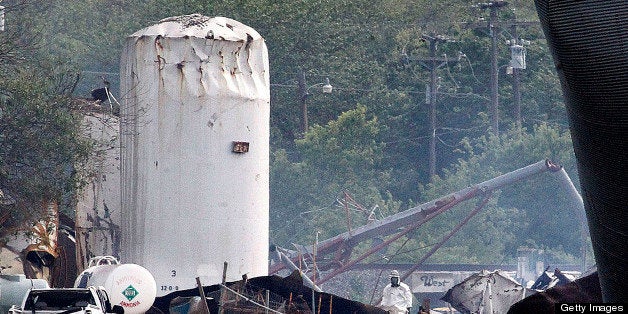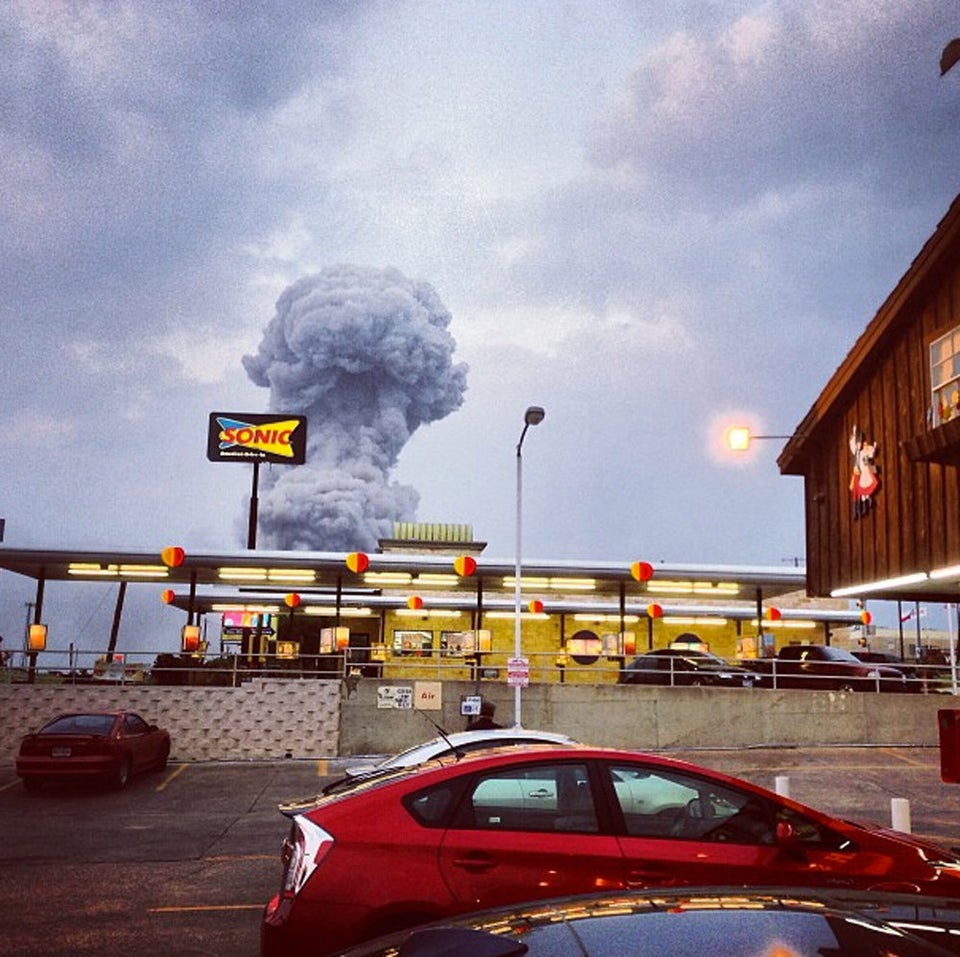
A growing chorus of labor advocates are trying to drum up attention this week for an issue that often goes ignored: workplace safety. Hazardous conditions in many of the country's factories and workplaces get far less attention from the media and the public than they should, these people argue.
Workplace accidents killed 4,609 Americans in 2011. That same year 17 Americans died at the hands of terrorists, writes Mike Elk, a labor reporter for In These Times in a Washington Post op-ed Tuesday.
The issue was brought into sharp focus last week as all eyes were on the bombings at the Boston Marathon. Less attention was paid to a horrific explosion at a factory in West, Texas that killed 14 people and injured 200 more.
“Once it was deemed an industrial accident, the hysterical coverage tapered off. We had nothing to fear from West; we could stop paying attention,” wrote one New York Times op-ed writer.
Still, it's not surprising that coverage focused more on the events in Boston. The Boston bombings were the first major terrorist attack on U.S. soil since Sept. 11, 2001. As Grant Duwe, author of Mass Murder in the United States: A History told BuzzFeed last week: "History has shown that the public is generally more interested in crime which is unusual and dramatic and something that is violent and occurs infrequently."
Yet the news trickling out of West is plenty jarring. The fertilizer plant housed tons of potentially explosive chemicals, yet regulators for years may have failed to realize the potential for danger inside the plant. The company’s emergency response plan, filed with the Environmental Protection Agency in 2011, claimed that there was “no” risk of fire or explosion at the plant.
In addition, the last time the notoriously resourced-starved Occupational Safety and Health Administration visited the plant was in 1985.
It’s true, Americans are much less likely to die in a workplace accident than they were 20 years ago. But in some jobs, like mining, construction and driving and warehousing, the rate of workplace deaths is still relatively high, according to Slate.
